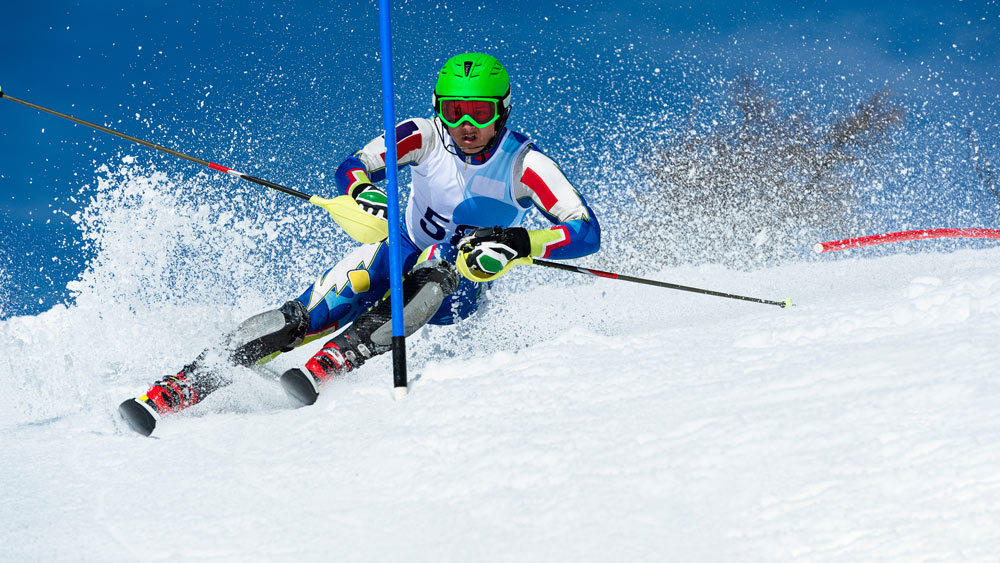
Sep 30
Using Statistics and Data for Ski Betting
READ TIME: 4 MIN.
Ski betting has transformed over the past several years from an informal pastime into a more calculated undertaking due to increased statistics and data available. Like top athletes use stats to improve performance, bettors increasingly utilize data-driven bets to make informed choices when placing bets on ski races. This trend toward data-driven gambling is changing the face of ski betting by giving fans more knowledge of ski racing while placing more calculated bets. Are you looking for casinos online? See casino without license for Spanish players.
Understanding the Basics
Before engaging in data-driven ski betting, one must understand which statistics are most pertinent. A wager's outcome in ski betting can depend on a range of important data elements, including recent athlete performance on certain courses, weather factors, and even equipment used by skiers.
Past seasons' performance analysis can provide valuable information about skier consistency and adaptability to various course types. Knowing how meteorological factors, like temperature and snow quality, affect performance can assist bookmakers in making more accurate outcome predictions. Paying attention to these details gives wagerers a deeper insight into the variables impacting ski races so that they may place smarter bets.
Historical Data
Historical data is one of the critical tools in ski betting. Analyzing past results can provide invaluable knowledge that can be applied to forecast future outcomes. For instance, skiers who regularly perform well on specific courses likely possess a more profound understanding of its difficulties than rivals less acquainted with its terrain, thus providing an advantage.
Historical data also offers insight into patterns and trends that might take time to become apparent, such as whether a skier excelled in certain altitudes or weather patterns. By recognizing such trends, bettors can more precisely forecast their performance in similar situations in the future and have an enjoyable betting experience without emotional biases influencing their bets. This data-driven strategy also makes betting less emotionally driven but more analytical overall.
The Role of Real-Time Data
Real-time data is equally vital for ski betting, especially during live events. Thanks to technological developments, bettors now have real-time data regarding split times, speed, and other performance parameters, enabling them to quickly adapt to changing conditions and modify their bets.
Skiers could be in excellent condition and likely to finish strongly if they record a rapid split time on an intensive section of a course, while slower-than-anticipated times indicate difficulty; gamblers may want to rethink their bet. Real-time data allows bettors to increase their odds by making better judgments based on real-time information.
Weather Data
Ski racing is heavily affected by weather conditions, and effective betting requires understanding how various environmental elements - snow conditions, temperature, wind speed, and visibility- play an integral role. Conditions like wet snow can slow skiers down, while more demanding surface conditions, such as colder temperatures, enable faster performance from skiers.
Weather-minded bettors who use meteorological data in their research could reap immense rewards, with accuracy rising substantially by watching weather forecasts and how various circumstances influence individual skiers. For instance, those familiar with how an individual performs in cold conditions may do well during an upcoming event, while those having difficulties in windy conditions should steer clear when windy conditions are predicted.
Using Advanced Metrics
Simple data like win/loss records and average times provide some insight, while more in-depth knowledge may be gleaned through sophisticated analytics. One approach for identifying skier strengths and shortcomings is by studying their split timings during various portions of a race; on courses featuring significant vertical drops, choosing skiers who excel on steep portions but struggle in flat areas could be an ideal pick.
Bookmakers utilizing machine learning and predictive modeling algorithms to analyze massive databases can spot trends that human analysis would overlook, such as course difficulty, weather conditions, and psychological issues that predict race-related outcomes more accurately. While such techniques require advanced data analysis knowledge, they can be advantageous over rival bookies in ski betting markets.
Risk Management
Data can be an influential asset in ski betting, but it's essential to remember that no amount of research can guarantee success. Ski racing can be highly unpredictable, with results often changing unexpectedly due to equipment malfunction or weather changes; thus, effective risk management techniques must also be in place for successful wagers.
Bettors may use data to find value bets - wagers in which bookmaker odds exceed what the data suggests as likely outcomes - which improve their odds of long-term success even if they don't win every bet placed using this strategy. Establishing and adhering to a budget is also key in order to avoid making reckless bets that chase losses or risk further financial setbacks.
Conclusion
Ski betting has gained increasing interest over recent years, drawing in sports fans and veteran bettors. Its unpredictable nature, driven by physical prowess, climatic factors, and course difficulties, creates an engaging betting market, but developing an effective betting strategy is essential to navigate it successfully - creating such an approach will allow bettors to increase chances for consistent profits while managing risks more effectively and making informed judgments with increased chances of consistent profits and lower risks. Also, play blackjack at your favorite casino online Iceland with slots online!







